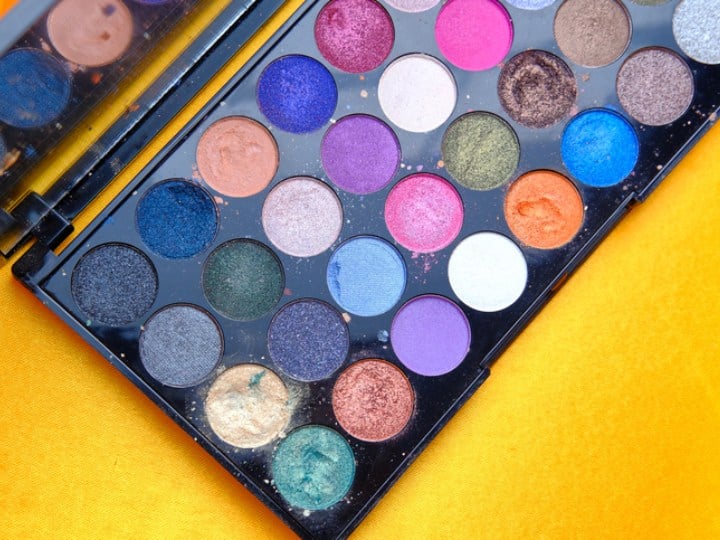Testing of 1,4-Dioxane in cosmetics, toiletries and personal care products and analysis to ensure that no potentially harmful substance are present whilst helping you to meet the challenges of regulatory restrictions
Testing for 1,4-Dioxane in cosmetics, which is an impurity that may be present in trace amounts in some products such as shampoos, deodorants, toothpaste or even mouthwashes, is key to ensuring safe products. Regulation (EC) N° 1223/2009 on cosmetic products is the main regulatory framework for finished cosmetic products when placed on the EU market and 1,4-dioxane [CAS NUMBER: 123-91-1] is listed in Annex II of the Regulation which contains a list of substances prohibited in cosmetic products. Furthermore, the European Commission Scientific Committee on Consumer Safety (SCCS), who conducted an independent risk assessment in 2015, concluded that 1,4-dioxane amounts in cosmetic products are considered safe for consumers at trace levels of ≤10 ppm. Whilst 1,4-dioxane is not used as a cosmetic ingredient, it can form as a byproduct during the manufacturing process of certain ethoxylated cosmetic ingredients such as detergents, foaming agents, emulsifiers or solvents. This is a group of substances are typically identified by the use of "PEG," "Polyethylene," "Polyethylene glycol," "Polyoxyethylene," "-eth-," or "-oxynol in their names. Due to their regulatory restrictions is important to confirm levels of 1,4-dioxane in products.
ANNOUNCEMENT:
Intertek LaCoMeD, Intertek's centre of excellence for cosmetics testing, is proud to announce COFRAC accreditation, meeting the requirements of ISO/IEC 17025 for the testing of 1,4-Dioxane in chemicals, medical devices/ biocides, cosmetics and hygiene products.
Expert 1,4-Dioxane Analytical Testing
To ensure product safety, accurate, specific and sensitive techniques are required for the quantitative determination of 1,4-dioxane in both cosmetic raw materials or formulations for quality control purposes. This analysis may also support the selection of new ingredients or benchmarking suppliers. There is a range of analytical techniques reported in the literature for quantifying 1,4-Dioxane in cosmetic matrices mostly all focused on gas chromatography coupled to a mass spectrometry detector (GC-MS). At Intertek, we deploy a GC-MS approach with a Headspace injector to enable quantification of 1,4-Dioxane with the use of an internal calibration. Our experienced cosmetics testing experts have validated this method for a range of finished products such as shower gels and shampoos, and specific raw materials commonly used foaming agents or surfactants.
Total Quality Assurance for 1,4-Dioxane Testing in Personal Care
At Intertek, we know that the quality and safety of products is a priority for global manufacturers and brands in the cosmetics sector. Our COFRAC validated methodology for 1,4-dioxane determination is highly specific, accurate and demonstrated to be suitable for use over the relevant concentration range. The insight from this testing approach enables us to help clients to launch safe, high-quality cosmetics products to the market and support their product innovation activities.
Safety and Toxicological Assessment Consultancy and Reporting.
Alongside our analysis services for 1,4-dioxane in raw materials and finished cosmetic products, we also provide regulatory consulting and toxicology assessments. In the different cosmetics regulations worldwide, a cosmetic safety assessment for human health is required for cosmetic products. In addition, cosmetic products should be correctly labelled and packaged with appropriate INCI (International Nomenclature for Cosmetic Ingredients) ingredients listing and warnings. We provide general toxicological reports for ingredients, preparation and assessment of cosmetic data, INCI ingredient labelling and Safety Data Sheet (SDS) authoring.

